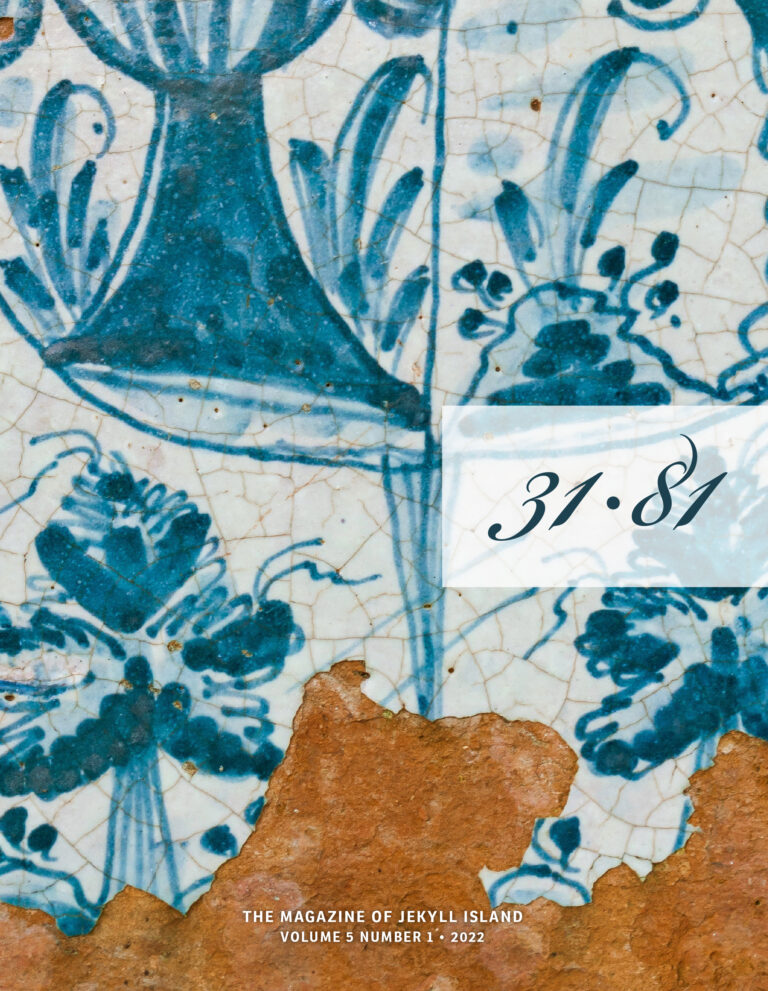The unassuming sea oat is vital to Jekyll’s ecology
By Candice Dyer
Photo by Brian Austin Lee
Sturdier and deeper than they look, sea oats provide the framework for dunes, a defining feature of Jekyll Island’s singular topography.
“In terms of engineering, think of them as something that stabilizes a building,” says Yank Moore, the Jekyll Island Authority’s natural resources manager. “They are definitely one of the most important building blocks of our ecosystem, as well as a symbol of our beaches, of the whole, powerful Jekyll aesthetic.”
The round, golden seeds of sea oats look like coins—the size of dimes, nickels, and quarters—and are dispersed, gently, by the ocean breeze. “It’s scattershot, and this is a tough climate,” Moore says, “but they spread easily and soak up the water that is in the sediment below.”
Many animals feed on them, but birds such as the Red-winged Blackbird are especially fond of the seeds, and coastal mice and rabbits nibble at the sea oats’ roots.
Sea oats are at their peak in late summer and early fall, just in time for migrating birds (and human “snowbirds”) passing through.
Remember: Admire them, but don’t walk among them. That’s prohibited under the island’s code. And absolutely don’t harvest them. That’s a violation of the Federal Shore Protection Act.


